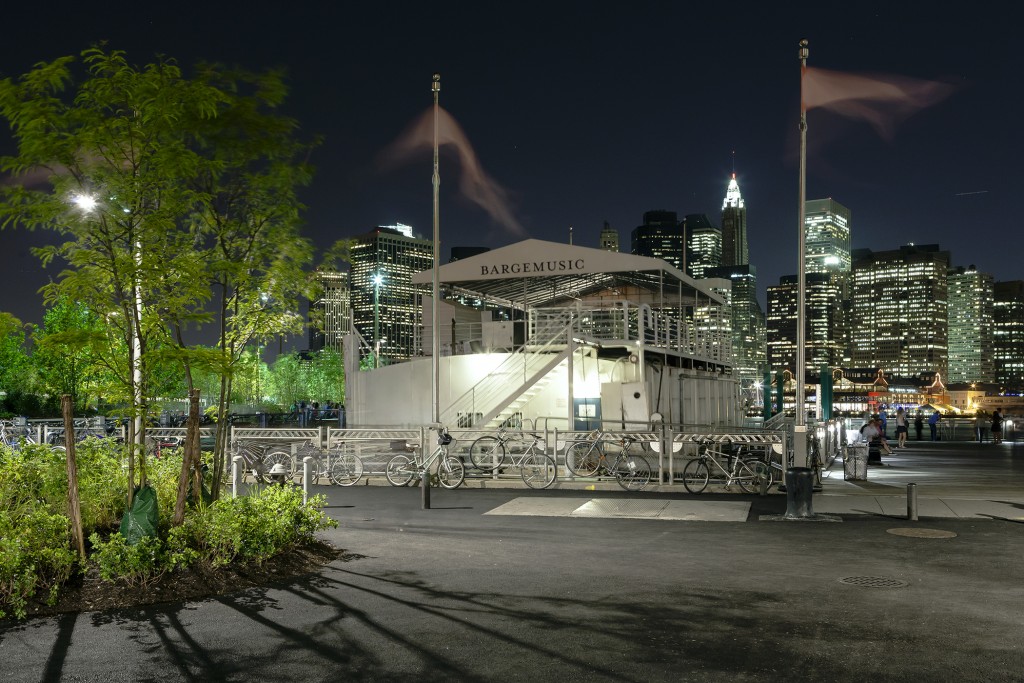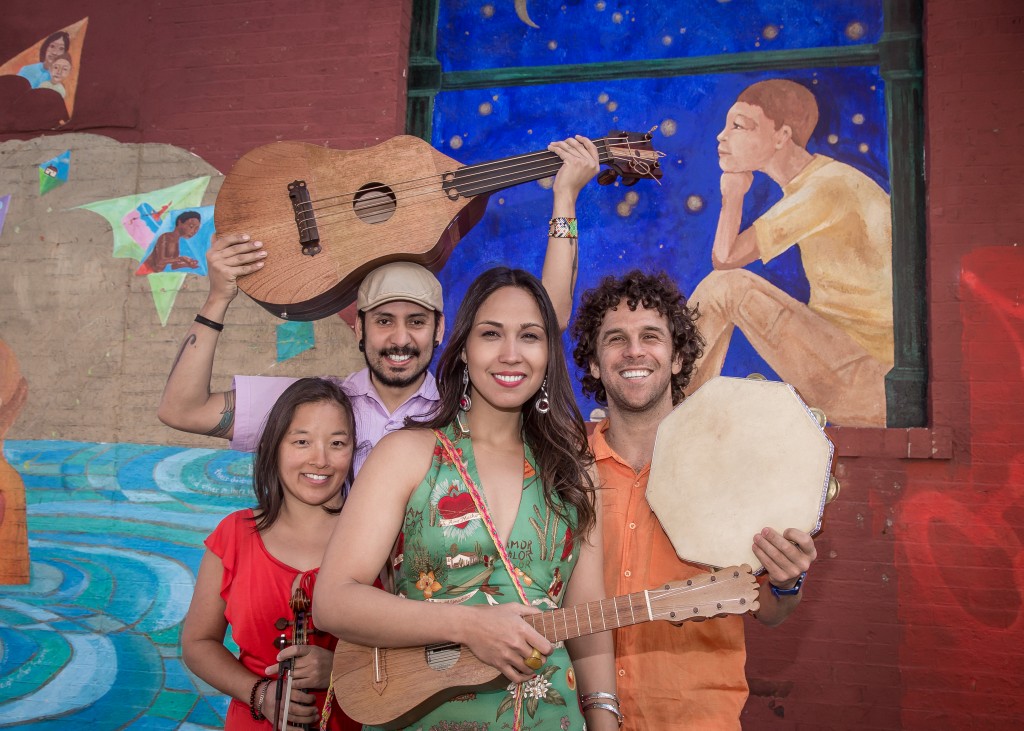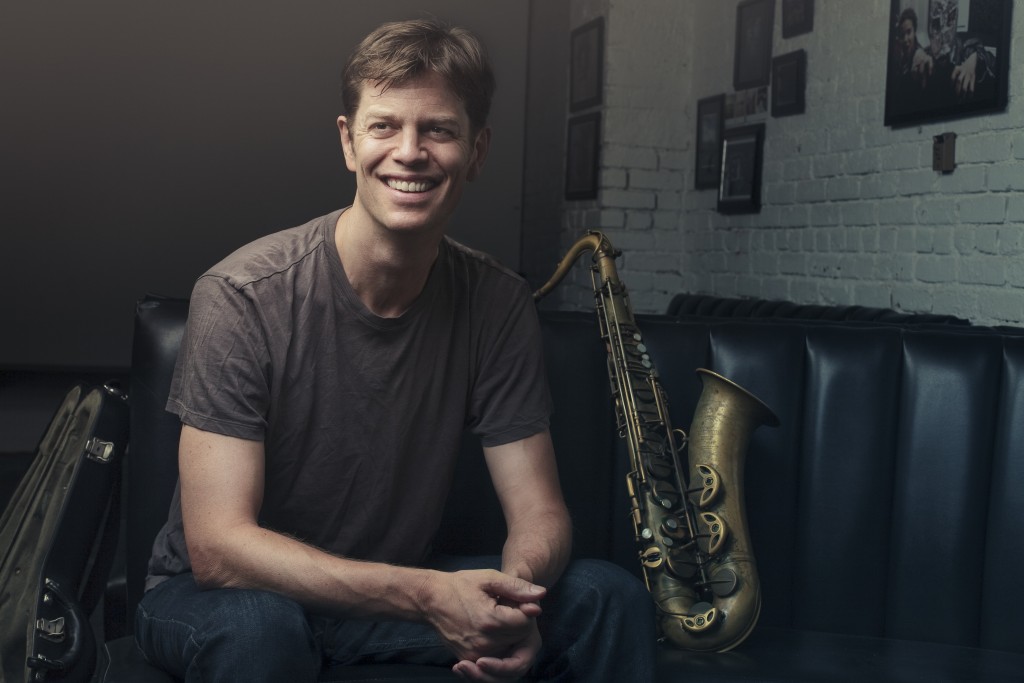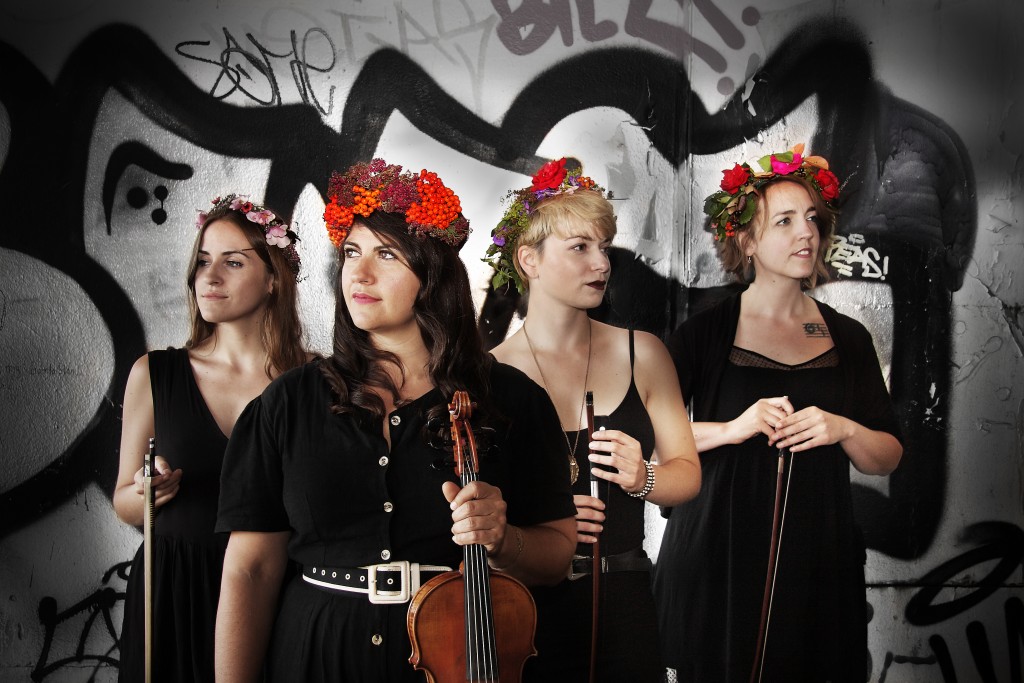THE READER Interview with Kim Maier on our Cultural Patrimony
The Old Stone House has been many things a baseball clubhouse, a warm place for nineteenth century gentleman to gather after iceskating, a casualty of urban blight, a rallying cry that brings neighbors together, and now, a vibrant public space. In May, I spoke with the Executive Director, Kim Maier, about the Old Stone House’s summer programming, its history, and its commitment to accessibility in a changing Brooklyn.
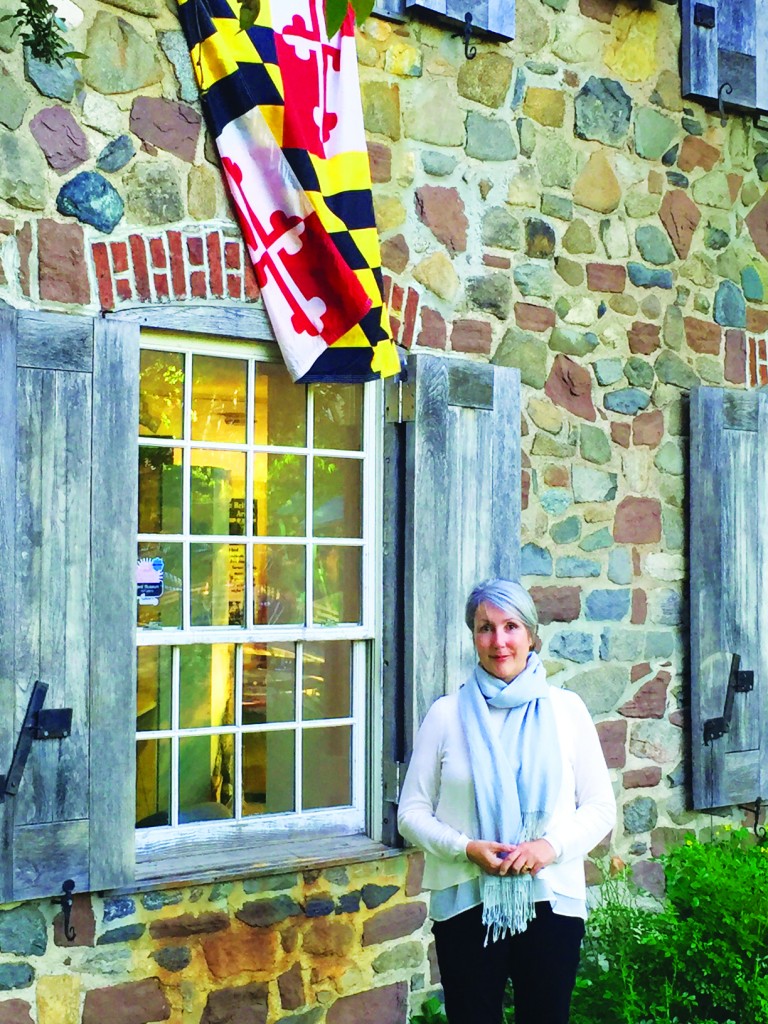
What’s happening at the Old Stone House this summer?
As Park Slope’s town square, we’re always trying to create great programming. In July we open with our annual summer programming with Piper Theatre. Our Equity Showcase production is Psycho Beach Party by Charles Busch, which is a fantastic take on the early 60’s beach blanket bingo movies, looking at different views on gender, personality, and psychosis. These Equity Showcase Productions have been a wonderful way for us to support young emerging Equity actors, and non-Equity actors as well, and to bring a high quality of performance to an actor’s space that’s not usually accessible.
The Piper Theatre workshop shows are also very exciting. We’re doing two musicals this summer: Blood Brothers and Joseph and the Technicolor Dreamcoat, along with Alice in Wonderland, Beastmaster, and King Lear, which will be directed by Rob Parker from Scotland’s Gordonstoun School. The younger kids are doing The Iliad and The Odyssey.
You have an exhibit on view in the gallery until June 20, called “Partners/Parents/Pets.”
Our goal is to create a lot of avenues for entry and to attract a really wide audience. We have our history exhibit which focuses on life in 18th century Brooklyn. But we also have three contemporary shows a year looking at everyday life in Brooklyn, like our current, contemporary portraiture show.
The show considers who gets to have their portraits painted and explores the link between economic privilege and art. Does the House explore this theme often?
One thing we focus on here is access. We’ve looked at park space and play space, how parks are developed and how land is taken, how parks are maintained—based sometimes on the economic levels of communities—and how vocal community participation can lead to good public programming. Though that’s something any community could take on, it tends to happen in more affluent communities where people feel they have a voice. So we try to encourage people everywhere to have a voice, and set a model that can be replicated in any community.
In a 2014 interview with the Park Slope Stoop, you said “The Battle of Brooklyn today is a battle for a sense of place.” Do you think that battle has changed since then?
It’s the same. The history of New York is one of constant development and continuous change. But for me, having lived in Park Slope since 1983, it used to be a community of writers and artists and was much more affordable. It’s still a wonderful family community, but not as accessible to the creative class. I think a lot about Brooklyn and its sense of itself as a creative community, and how we can continue to support that.
How do you view the Old Stone House’s position in that “battle”?
The park’s improvement has created a lively, welcoming public space that allows for a very heavy level of interaction, from handball and soccer to concerts. In one space, you’re able to access a lot of different kinds of activities that aren’t necessarily available elsewhere … not to mention the fabulous history.
Creating a beautiful space is for the benefit of the many. The few benefit more richly, in a way. But working to benefit the larger community through accessible programming is one way of balancing out the inevitable facts that if you create a beautiful park, the housing around it will flourish, more people will want to live here, and that creates an economic impact that might shut other people out. It’s hard. We’re very aware of it, and that’s partly why we do a lot of free or low-cost public programming.
The Old Stone House couldn’t fix that economic issue.
Right. We support affordable housing and we’re focused on issues of income inequality. But we can’t change the fact that the city is Supply and Demand.
And always has been.
Since 1683.
Have you always been interested in Revolutionary history?
I grew up in Massachusetts and probably visited every historic home on the Eastern Seaboard, but I wasn’t really interested in pursuing history. These historic homes were off-putting. I never had a sense of the families that lived there. The issue of class was never directly addressed. You never got a true look at how the economy of these homes was managed. I remember thinking at Monticello that that beautiful site was run on the backs of enslaved people. That was certainly never talked about when I was a kid.
Coming in here, it feels warm, welcoming, and lively. But how would you address a reader who’s thinking, “hmmm, an historical house … maybe not.”
You should always feel free to walk in the door, because these public institutions are yours. They’re supported by all of us through our tax dollars, by individual donations, and by our programming. They belong to all of us. They’re our cultural patrimony. Today more than ever, this idea of engaged citizenship is really important. The Revolution was the start of that. The Battle of Brooklyn was fought by people who came from all over to fight for an ideal they had no idea was going to evolve and triumph, but they came anyway.
The House was the clubhouse for the original Brooklyn Dodgers, right?
Yes. The Brooklyn Baseball Club had a few different names—the Bridegrooms, the Superbas—but they were all part of this corporation that became the Dodgers. Hopefully, in our next phase of exhibit development, we’ll be able to do an outdoor exhibit on our baseball history.
By 1883 there was a ballfield here, a big grandstand, and an elevated train. By the late 1800s, the ballfield had fallen into disrepair, and they built a new one, which they used for ice skating. They would flood the field in the winter and skate by gaslight. The House, still in its original location, was both the clubhouse for the baseball team and also the gentleman’s club for winter skating. But it had gotten quite decrepit. By the time they had finished using the field, they were climbing in and out of the windows to get in.
Gradually the tenements along 5th Avenue were built up, and the House became a fill site. It was still used for recreation, though. Buffalo Bill’s Wild West Show came through. It was a very active open space, with a really active working-class community.
Has anything in the House’s history surprised you?
I’m surprised it fell into such disrepair. When it was originally built in the 1930s, it was a Robert Moses-Jane Jacobs kind of smackdown because Moses wanted to build this playground as part of an enormous expansion plan. Residents who knew the site’s history wanted a formal memorial to the Maryland soldiers who had taken a stand here. Moses was not interested in this kind of preservation at all. But they persevered and made him compromise by digging up the foundation stones and constructing this building that mimicked the original. But like so many other parts of the city, the House went by the wayside and was really destroyed. It wasn’t until the late 1980s, when a small group of neighbors came together and lobbied the Borough President for funding, that it was repaired. If not for them, this whole history would have disappeared. When I moved to this part of the neighborhood in 1991, I had no idea of this site’s history. I was a typical user in a lot of ways. I was surprised by the disrepair, too, given that the Battle of Brooklyn was the first official battle fought by the United States Army in August of 1776.
Do you have any advice for the “typical users” of Brooklyn on why it’s important to preserve Brooklyn’s historical sites? How can they help?
We’re responsible for the well-being of our communities. There’s no they—we are the voters and the engaged citizens. If you care about the cleanliness of your block, the stability of your home, or the giant development coming in, you need to pay attention to what’s going on around you.
It doesn’t require going to every community board meeting. But it behooves you to read the local paper, to meet your neighbors, and to understand who lives on your block. In the end this is your home. The reasons you moved here will only continue to exist if you take responsibility for it.
As I left the Old Stone House, I was grateful to have been reminded of what engaged citizens can achieve.

